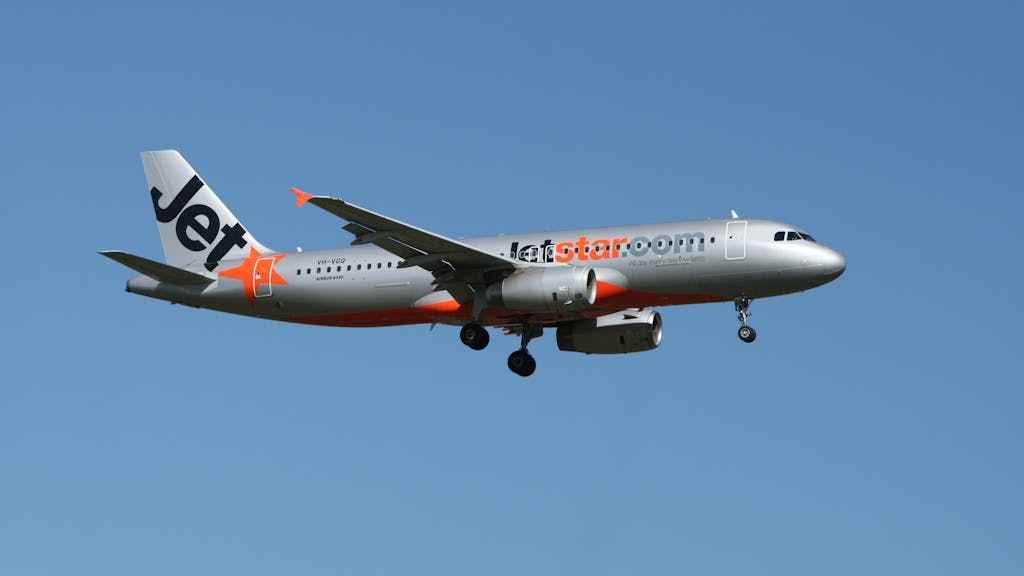Flying internationally for the first time is an exciting experience, but it can also feel overwhelming due to longer flights, customs procedures, and different airport protocols. Understanding what to expect can help travelers navigate the journey with confidence and ease. From check-in to arrival, being well-prepared ensures a smooth and enjoyable first international trip.
Checking In and Boarding Procedures
International flights often require additional documentation compared to domestic travel. Arriving at the airport at least three hours before departure provides enough time for check-in, security screening, and potential delays. Many airlines offer online check-in, allowing passengers to choose seats and download boarding passes in advance. Once at the gate, boarding is typically conducted in groups, so listening to announcements and having documents ready speeds up the process.
Understanding Immigration and Customs
Upon arrival at an international destination, travelers must go through immigration and customs. Immigration officers will review passports, visas (if required), and travel details before granting entry. Answering questions confidently and providing necessary documentation ensures a smooth process. Customs procedures vary by country, so travelers should be aware of regulations regarding duty-free allowances and restricted items to avoid issues when declaring goods.
Preparing for a Long-Haul Flight
International flights are often longer than domestic trips, so comfort becomes essential. Wearing loose, breathable clothing and staying hydrated helps combat fatigue. Many airlines provide in-flight meals, blankets, and entertainment, but bringing personal items such as a travel pillow, headphones, and snacks enhances the overall experience. Stretching and walking around the cabin periodically can also help reduce discomfort during extended flights.
Handling Currency Exchange and Payment Methods
Using the local currency at the destination ensures smoother transactions upon arrival. Exchanging a small amount of money at the airport can be useful for immediate expenses such as transportation or food. Credit and debit cards with international transaction capabilities are convenient for larger purchases, but notifying the bank about travel plans prevents issues with blocked transactions. Understanding currency exchange rates in advance helps travelers budget accordingly.
Adjusting to Time Zone Differences
Jet lag can be challenging when crossing multiple time zones, but adjusting sleep patterns before departure can help ease the transition. Staying hydrated, getting sunlight exposure upon arrival, and avoiding excessive caffeine or alcohol during the flight can reduce the effects of jet lag. Gradually adapting to the new time zone by aligning sleep schedules with local time aids in quicker recovery from travel fatigue.
Making the Most of an International Journey
Experiencing an international destination for the first time is an unforgettable adventure. With proper preparation, navigating airport procedures, handling long flights, and adjusting to new environments becomes much easier. By staying informed and planning ahead, first-time international travelers can embrace the journey with confidence and excitement.






